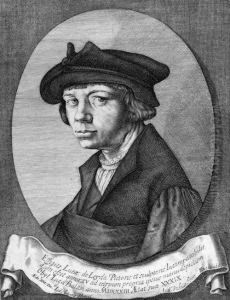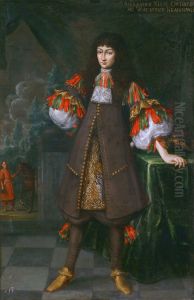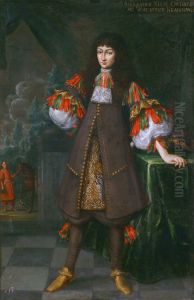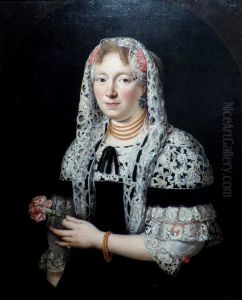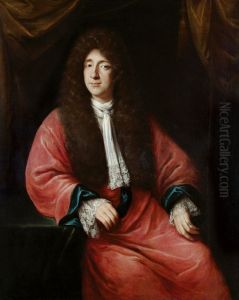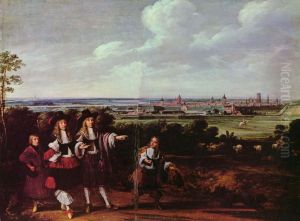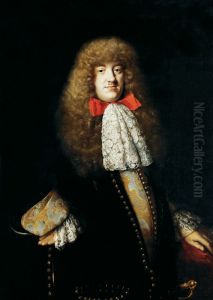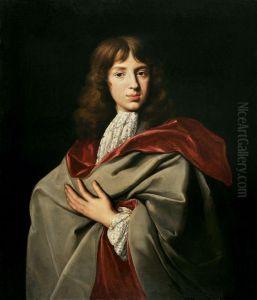Andreas Stech Paintings
Andreas Stech was a Polish Baroque painter of Flemish descent who was born in 1635 in the city of Gdańsk, which was then part of the Polish-Lithuanian Commonwealth. He is considered one of the most prominent painters of his era in Poland, particularly renowned for his portraits and religious paintings.
Stech’s early life and training are not well-documented, but it is known that he came from a family of artists and received his artistic education in the Netherlands, which was a common practice among artists from Gdańsk at the time. The Dutch influence is evident in his work, particularly in his approach to portraiture, which shows the precision and attention to detail characteristic of Dutch Golden Age painting.
Throughout his career, Stech worked for many important patrons in the Polish-Lithuanian Commonwealth, including members of the Polish nobility and the Catholic Church. His portraits often depicted the sitters with a sense of dignity and grace, employing a controlled palette and a keen eye for the textures of fabrics and the subtleties of the human face.
In addition to portraiture, Stech was also known for his religious works. He created altarpieces and other religious paintings for various churches, which were appreciated for their vivid portrayal of sacred themes and figures. His religious paintings often featured dramatic lighting and a strong sense of narrative, which helped convey the spiritual messages of the works.
Despite the success he enjoyed during his lifetime, Andreas Stech’s work fell into relative obscurity after his death in 1697. It was not until later that art historians began to re-evaluate his contributions to the art of the Polish Baroque period. Today, his paintings can be found in museums and collections in Poland and abroad, where they are studied for their artistic merit and for the cultural insights they provide into the era in which he lived.
Stech's legacy is that of a master portraitist and religious painter who brought to the Polish art scene a blend of Northern European techniques and local sensibilities, creating works that were both aesthetically pleasing and culturally significant. His art remains an important part of the Polish Baroque heritage.
